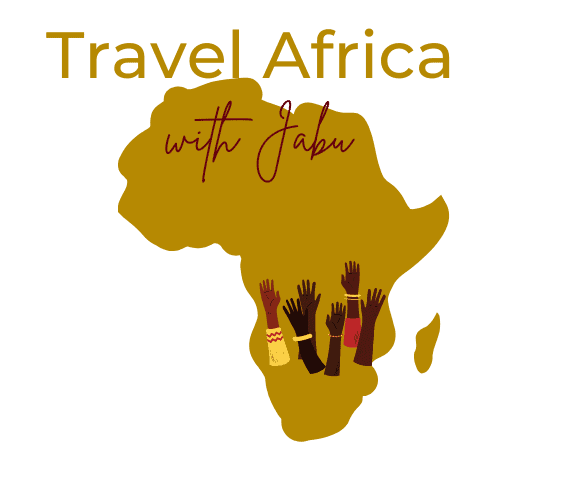Whether you’re planning a relaxing beach vacation, a transformative immersive cultural experience, or an action-packed adventure, this travel guide will help you make the most of your travel to Zanzibar. Zanzibar is a a truly unique African travel destination. This small island off the coast of Tanzania is a paradise for beach lovers, adventure seekers, and anyone looking to immerse themselves in a new culture.
Some of the most beautiful beaches in the world are in Zanzibar. The World Travel Awards recently awarded Zanzibar the Leading Beach Destination in Africa. Additionally, the island has a rich history and culture. There is no shortage of things to do on the island, from exploring the stunning coral reefs to bargain hunting in the bustling markets.
Travel Guide to Top Five Things to do in Zanzibar
Stone Town
Stone Town is Zanzibar’s historical center and a UNESCO World Heritage Site. It’s a maze of narrow streets, alleyways, and buildings so you’ll find plenty to do during your stay in Stone Town and you will be within walking distance of everything you need.
To get the most out of Stone Town spend the day exploring this part of the island on foot. The main thoroughfares are lined with shops selling spices, curios, and local souvenirs. There are also many bars, restaurants, and cafes which means you can enjoy lunch or an early evening drink before heading out. There are many beaches around Stone Town where you can enjoy a swim or sundowner at one of the many waterfront hotels made famous by their colourful decor.
Try out the following:
- Night market at Forodhani Gardens
- Shopping at Darajani Market
- The Slave Tour ending at Christ Church Cathedral
- Explore the Old Fort (Ngome Kongwe) and get a henna tattoo
- Hamamni Persian Baths
- Dhow Countries Music Academy
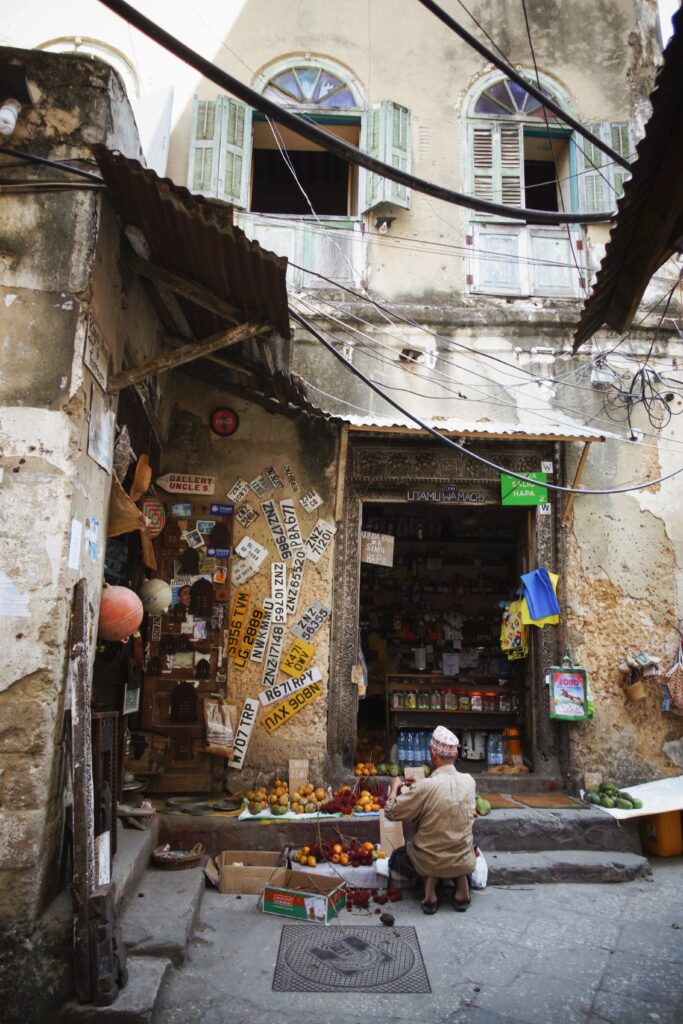
Spice Farm Tours
Spice farms in Zanzibar are the perfect way to spend a day. You’ll get to tour spice plantations and learn about the history of spices, as well as how they’re harvested and processed. The Spice Tour will take you to all sorts of different farms across the island: you’ll see cloves, vanilla beans, cardamom seeds, garlic bulbs, ginger root—you name it! Each farmer will give you a little history lesson about each spice as they show it to you. There are even cooking classes available where each group can try their hand at creating their own dish using spices from their tour.
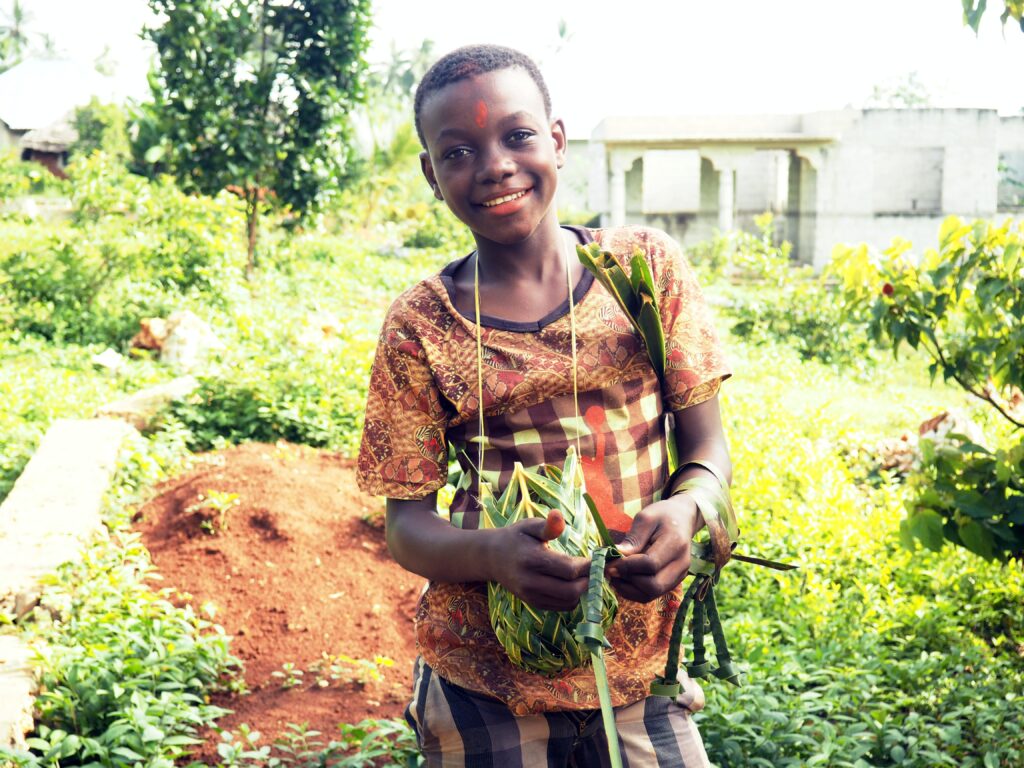
Diving and Snorkelling Tours in Zanzibar
The best places to dive and snorkel in Zanzibar are Mafia Island, Mnemba Island, and Pemba Island. With its rich coral life and exotic underwater scenery, it’s easy to see why this island paradise is a favourite among divers and snorkelers.
Chumbe Island, which is off the coast of Pemba Island is also another popular spot for divers. It has a variety of dive sites to choose from including coral reefs and shipwrecks. You can also see turtles here!
When you travel to Zanzibar, put the Menai Bay Conservation Area, located on the south coast of Unguja on your list. It has some really cool coral reefs with colourful fish swimming around them. There are also some ancient ruins nearby that date back hundreds of years ago!
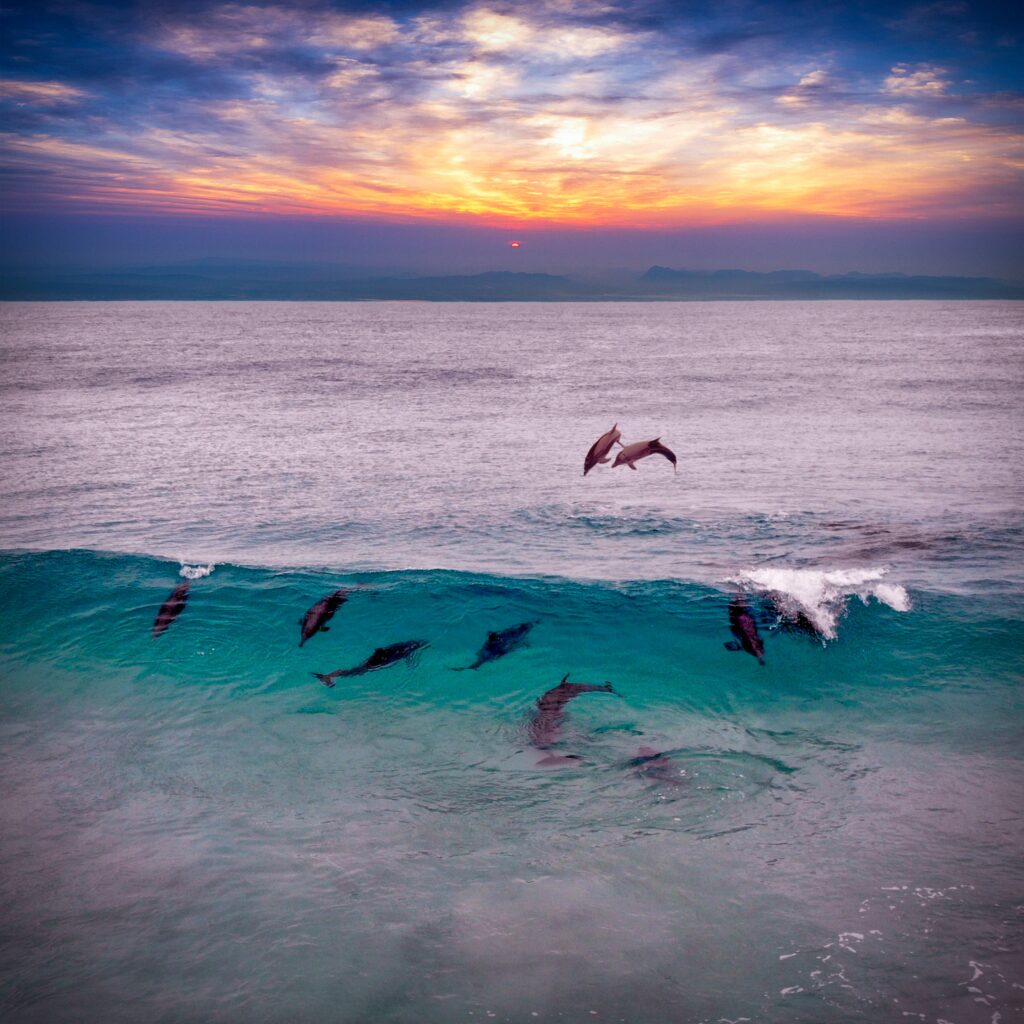
Pemba Island
Pemba Island, also known as The Green Island is Unguja’s sister island, a mere 20-minute flight away. Together, along with dozens of other islands and islet, they are known as Zanzibar. Pemba is known for being lush and tropical, with beautiful beaches and wildlife. It’s a very small island which means you can explore it in a day.
How to get to Pemba Island
The cheapest way to get to Pemba from Unguja is by ferry. There are several ferries that run regularly between the two islands, but they don’t run every day—you’ll want to check the schedule before you go! Flights also run between the two islands although these are slightly more expensive than the ferry. Pemba Island is more conservative than Unguja so be mindful of how you dress and speak.
Top things to do on Pemba Island
When you travel to Zanzibar and get to Pemba Island, there are many things to see and do. For example, you can take a full-day tour of Misali Island (also known as Prison Island) and visit the ruins of Mkame Ndume. You can also visit the indigenous Ngezi Forest Reserve home to the Pemba Flying Fox and Red Colobus monkey! The vibrant capital of the island, Chake Chake is worth exploring on foot. But for serene beauty, spend the day at Vumawimbi Beach swimming in the gorgeous azure waters and end the day at the Kigomasha Peninsula taking in stunning island views from the Ras Kigomasha Lighthouse. As the largest producer of cloves in the world, you can also visit one of the clove farms on the island.
Where to stay
Budget – Lala Lodge
Mid-range – Pemba Lodge
Luxury – Manta Resort, which features the famed underwater room
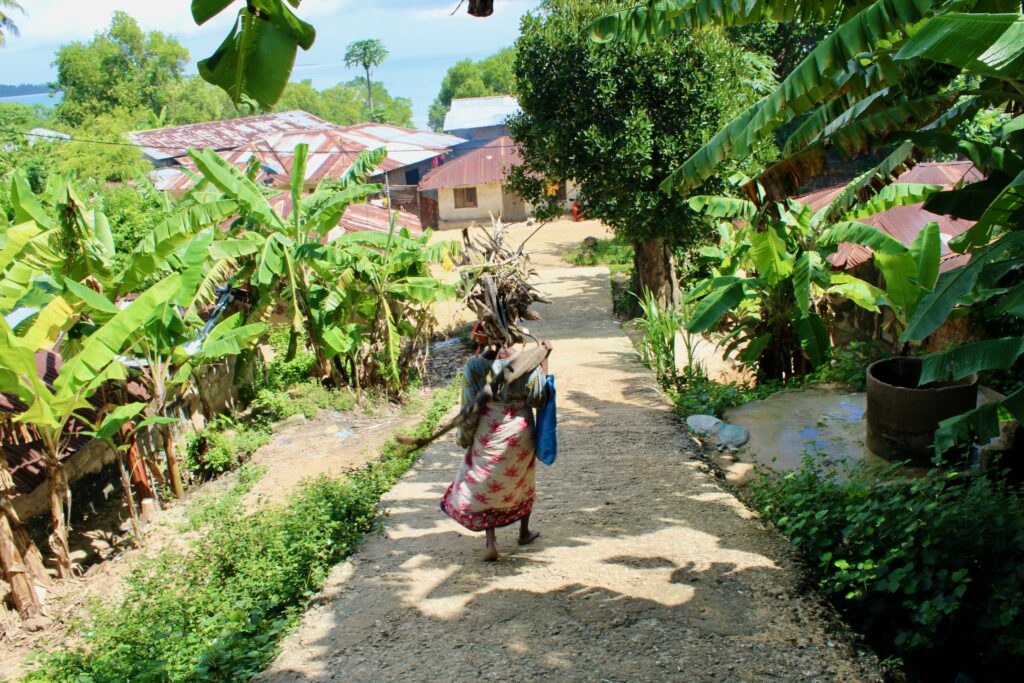
Beaches in Zanzibar
The island has a number of beaches that offer something for everyone. Kendwa and Nungwi are the most popular beaches on the island and where most tourists usually visit. The water is a gorgeous blue and both are both located in the northernmost part of Unguja, which is where you’ll find most of the hotels and restaurants. Enjoy parasailing, jet skiing, water skiing, tubing, diving, fishing, and dhow cruises during the day, as well as a vibrant nightlife after dark.
If you’re looking to do some kitesurfing, you’ll want to head to Paje, Jambiani, and Michamvi. Not always ideal for swimming because of the strong winds, these beaches are still lovely. Honestly, the southeast coast of Zanzibar is my favourite on the island. It’s not as busy as the beaches in the north, although the vibe remains charming and everyone is welcoming. You can enjoy much of the tourism infrastructure without the gaudiness of over-tourism.
Matemwe, Kiwengwa, and Pongwe are all located along the south coast of Zanzibar Island. They offer excellent snorkelling opportunities for those who want to see some of the beautiful fish that live here!
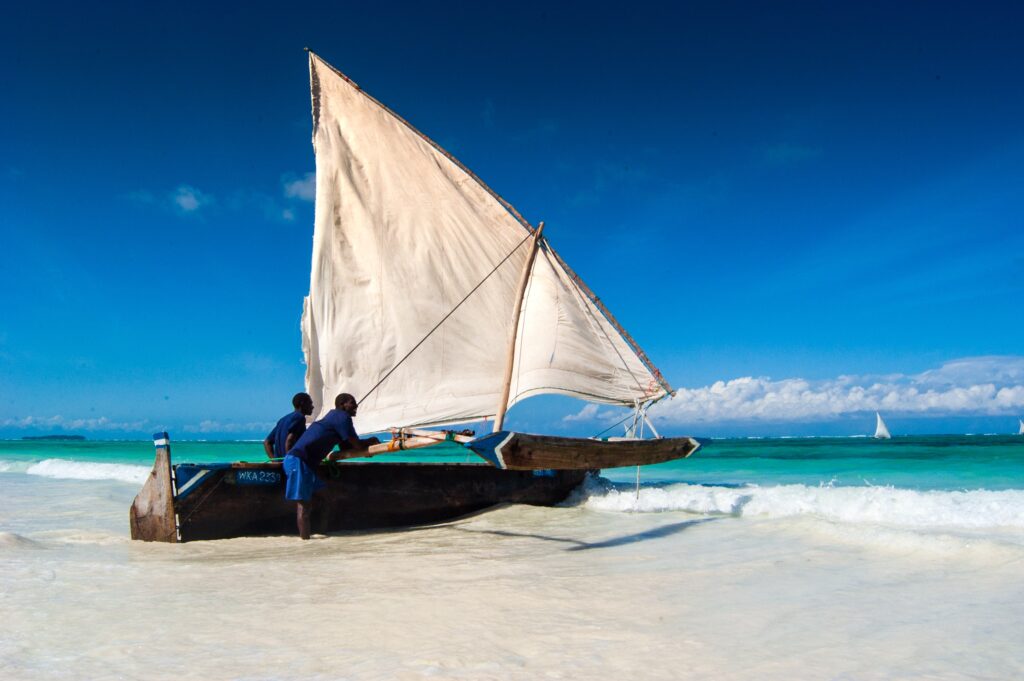
Other Things to do when travelling in Zanzibar
Mafia Island
Mafia Island is a unique destination, offering a combination of natural beauty, cultural experiences, and wildlife watching.
The island has a wide variety of beaches where you can enjoy swimming in warm waters and sunbathing on white sand. You’ll also find great surfing conditions and plenty of opportunities for scuba diving or snorkeling.
Mafia Island is home to the world’s largest population of whale sharks—the largest fish in the world! These gentle giants are often seen cruising through its waters from June through September. They feed on plankton near the surface of the Indian Ocean, so snorkelers can get quite close to them during their daily migrations from Madagascar to Mozambique and back again.
Birdwatchers will love Mafia Island because it’s home to more than 300 species of birds. Look out for pelicans, flamingos, terns, cormorants, herons, ibises, and egrets which are all easily spotted along its beaches or on rocky outcroppings just offshore (some even nest there).
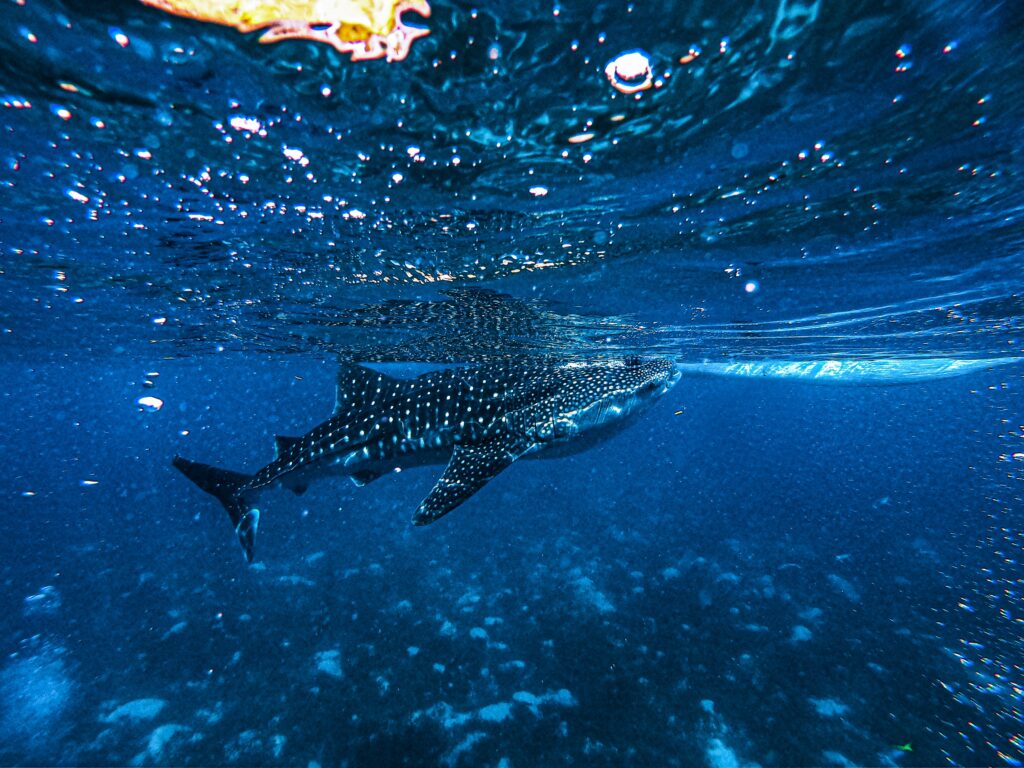
Mnemba Atoll
The Mnemba Atoll is one of the most popular adventure spots in Zanzibar and usually explored for the rich snorkelling experience. Tourists do also opt for an ocean interaction with dolphins, although this is not a tour experience I would encourage. The experience is just as fulfilling if you watch the dolphins play nearby.
Thanda Island
Thanda Island is another private island in the archipelago offering majestic ocean experiences. Spend long days luxuriating in the warm blue waters of the Indian Ocean, playing with whale sharks or basking in ancient culture.
Prison Island
Prison Island, also known as Changuu Island was commissioned for use as a prison for slaves. It was never used as a gaol, but rather converted into a quarantine station for people with yellow fever. The highlight of this tour is feeding the centuries-old tortoises and taking a peek at the newborns.
Safari Blue
Usually a whole day experience, the safari blue tour includes a cruise on a traditional dhow and hours of snorkelling among large schools of colourful fish. A delicious lunch banquet is usually served on a sandbank before heading back to the main island at sunset.
Jozani Forest
The Jozani Forest is famous for its population of Red Colobus monkeys who are endemic to Zanzibar. A guide will take you on a short tour through the forest and onward to the mangrove swamp across the street.
Dhow Cruises
Dhow cruises are an enjoyable way to enjoy the romance of the ocean as you watch dolphin pods frolick as the cool breeze brushes your sun-kissed skin. You’ll spend the day touring nearby islands.
Village Tours
This is one of my favourite ways to enjoy Zanzibar: spending time with and getting to know the Zanzibari people. A village tour is an intimate look at life for the fishermen; the women who forage the shores and fish for sea kelp and the youth who end their days playing soccer. If you’re a lover of stories, then this is something you should explore.
Homestays in Zanzibar
A homestay allows tourists and host communities to learn more about each other. Depending on your schedule, you can spend one or two nights with your host living as they do on a daily basis. You can choose to spend the duration of your holiday at a homestay if you are looking for a complete cultural immersion.
Cooking Classes
Cooking classes are usually offered as an addition to a village tour. Here, you’ll spend the evening preparing and enjoying a traditional meal with a local Zanzibari family with ingredients sourced from the market. A hearty octopus soup served with rice is very popular.

How To Travel to Zanzibar
There are several airlines such as Turkish Airlines, Oman Air, Ethiopia Airlines, KLM, Edelweiss Air, and Kenya Airways that fly to Zanzibar. As it is a popular tourist destination there are dozens of flights that go through Abeid Amani Karume International Airport daily.
From Dar es Salaam by Air
There are two main ways of getting from Dar es Salaam to Zanzibar: by plane or by boat. If you want a quick and more convenient option then going to Zanzibar by plane will work for you. Airlines that operate direct flights are Air Tanzania, Auric Air, Coastal Aviation, FlexFlight, Flydubai, KLM (SkyTeam), Oman Air and Precision Air. Flights take approximately 45 minutes each way. The cost of the flight varies depending on the time of year but can be as low as $100 per person one-way.
From Dar es Salaam by Ferry
There are a number of ferry companies that operate between Dar es Salaam and Zanzibar, the most popular being Azam Marine Ferry. The journey of 80km takes approximately two hours, and on a calm day, the experience is thrilling. If the water is choppy, you may get motion sickness so take precaution before you get onto the boat.
The ticket offices are very busy and can be off-putting and there are several people around willing to help. If you are in any doubt, it’s best to speak to your hotel concierge to help you buy tickets. The ferries run four times a day, and offer different class cabins with the Royal experience being the most expensive at US$80. Economy tickets usually cost US$30.
Where to Stay in Zanzibar
Tanzania, and subsequently Zanzibar are considered to be one of the more expensive places to visit on the continent. However, there’s no shortage of places to stay on the island to suit every budget.
Accommodation for the budget traveller
For the budget traveller, there are several hostels and guesthouses in Stone Town that offer clean rooms with shared facilities. You’ll also find plenty of hotels outside of Stone Town that offer similar amenities at a lower price point than those found within the UNESCO World Heritage Site.
Depending on the season, a bed in a multiple-bed mixed dorm costs US$5 – US$20 per night. A private double room costs US$30 – US$40. Free wifi is standard and many hostels and hotels also include free breakfast and/or have a kitchen, as well as a swimming pool.
Accommodation for the mid-range traveller
Mid-range travellers will also find plenty of options. For example, you could rent an apartment through Airbnb or book a room at one of the many boutique hotels located in Stone Town or Pemba Island. Booking a homestay is also a viable option. These properties typically offer more space and privacy than hostels or guesthouses but less than luxury hotels. The cost is usually US$ 40 – US$100 a night with free wifi and breakfast.
Accommodation for the luxury traveller
Luxury accommodation is the most expensive option and includes top-of-the-line amenities like pools, spas, and private beaches (Thanda Island). These are great if you’re looking for an all-inclusive experience where everything is taken care of for you—but they come with an equally steep price tag of around US$200 per night into the thousands. Additionally, the closer your hotel is to the beach, the more expensive it is and rooms with a sea view generally cost more than anything with a garden view or pool view.
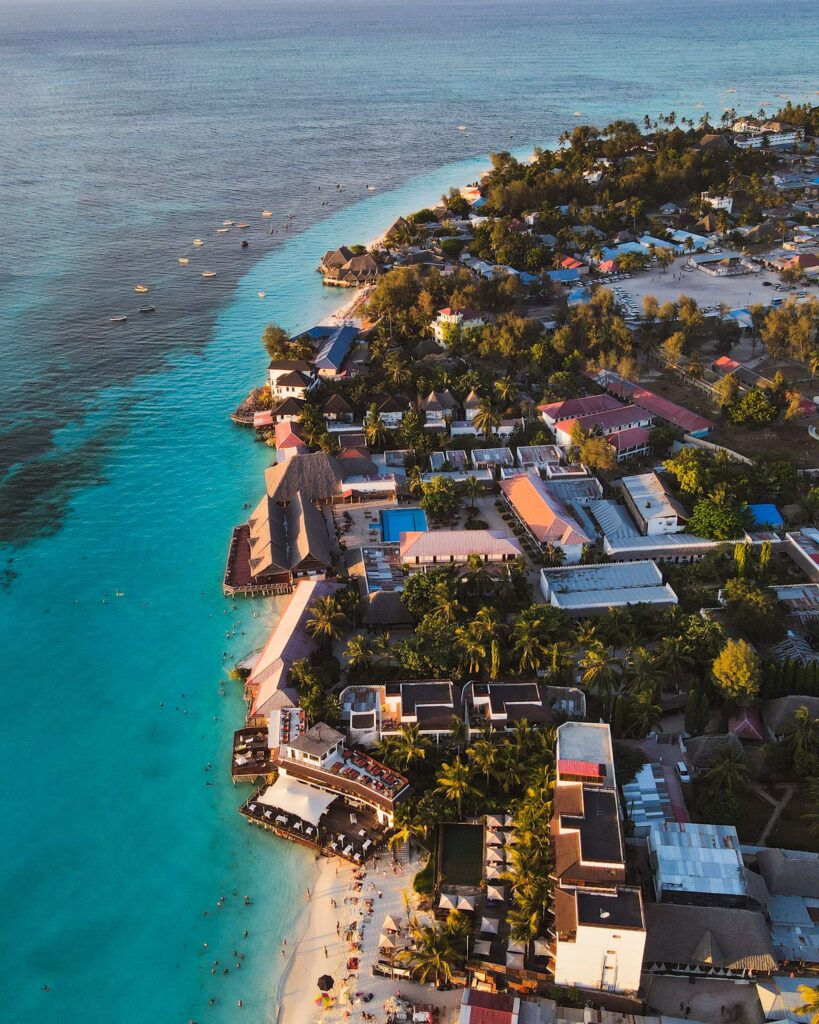
What To Eat
Food is a big part of the Zanzibari culture. You’ll find that the Zanzibari eat with their hands, and you should do the same. If you want to try something new, try local food—but don’t be afraid to step outside your comfort zone. Seafood, goat meat, soups, and rice are staples in Zanzibar and you’ll get all kinds of grub from street vendors, restaurants, or during your homestays.
Dishes to try
Biryani and pilau – these Indian-influenced dishes are some of the most popular on the island due to their fragrant layers of spices such as cloves, pepper, garlic, ginger, and cardamom. While similar biryani is a combination of rice and meat cooked separately and pilau is a one pot meal.
Mishkaki – these delicious skewers of meat are grilled over an open fire and seasoned with the right spices. This street food is available anywhere on the island.
Urojo soup – also known as Zanzibar mix, this is a dish made of soup, bhajias, fried mashed potatoes topped with coconut chutney, chilli, and cassava shavings.
Chips mayai – I heard a lot about this meal but nothing prepares you for the plethora of flavours that comes with chips combined with an omelette served with kachumbari (onion and tomato salad).
Zanzibar pizza – nothing like the traditional pizza but very popular at the night market in Forodhani Gardens, this is a dough filled with meat, egg, spices, mayonnaise, and chilli.
Nyama choma – the delicately spiced grilled goat meat found at many street carts is so popular that people order and book pieces of it while it’s still cooking on the grill.
Mandazi – these sweet doughnuts spiced with cardamom are the perfect dessert after a meal. You can find them at street carts around Zanzibar.
Restaurants to try
There are so many restaurants owned by the local Zanzibari that you should frequent. Don’t be afraid to walk in and order what’s on their menu. There are no chain restaurants on the island but you will find an array of mom-and-pop stores selling local versions of burgers and pizzas. If you do want European cuisine, your best bet is to visit hotels and other high-end restaurants.
If you want a more immersive culinary experience I recommend trying some traditional cuisine at one of the many cooking classes available on the island. You can book these online or you may speak to your local guide who is always willing to take you to their home for a cooking lesson.
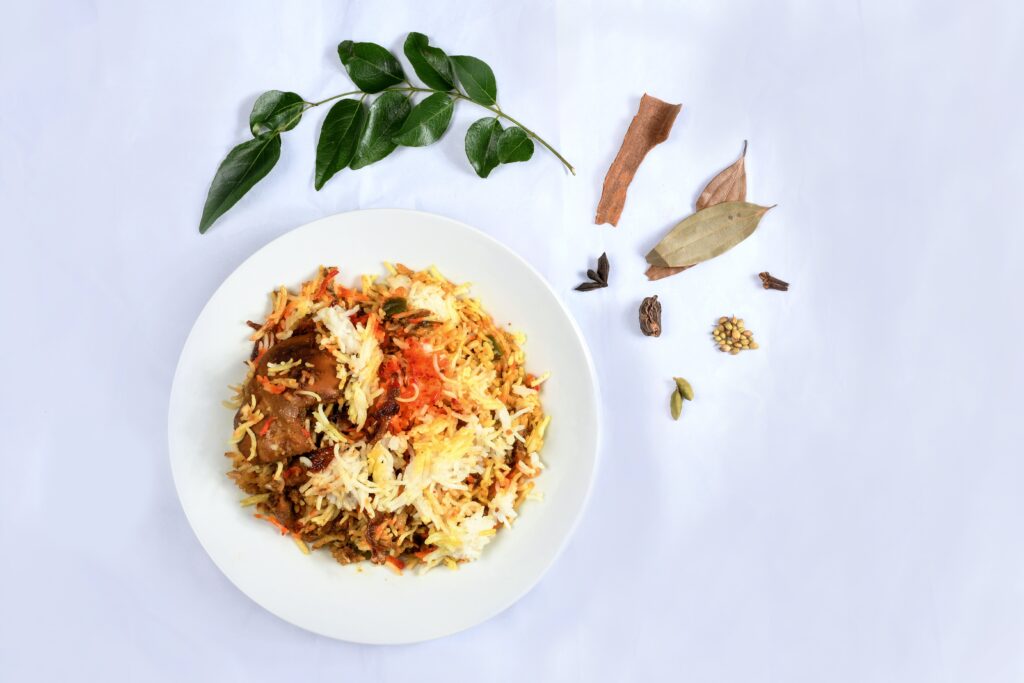
What to drink
Coconut water: Fresh coconut water is a staple of life in Zanzibar, and it’s not just delicious—it’s also refreshing as hell. The locals often drink it straight from the shell (which you can do too) or from a cup with a straw (which you can also do).
Konyagi: This is a local gin that’s made in Dar es Salaam, Tanzania’s capital city. It has an herbal flavor; some people think it tastes like rubbing alcohol mixed with spices. If you want to try something new, this is definitely one of your options but be careful as Konyagi has quite a kick to it.
If you’re a fan of beer, then you must definitely try Safari or Kilimanjaro, which sell for about TzSh3000 depending on where you buy it.
Mango Juice: Mangos are popular among Zanzibaris because they grow well here—but even if you aren’t able to get fresh ones at home, mango juice still tastes amazing on its own! You can find it at any restaurant or roadside stand throughout Tanzania and especially in Zanzibar.
Fresh Fruit Juice: If you’re looking for something light but still flavorful and refreshing, fresh fruit juices are another must-try while visiting Zanzibar! These juices include everything from mangoes to pineapples to passion fruits—and they come in many different combinations so there should be one that fits your taste buds perfectly! Ask your server to put some fresh ginger in the mix for a delightful zing to the taste.
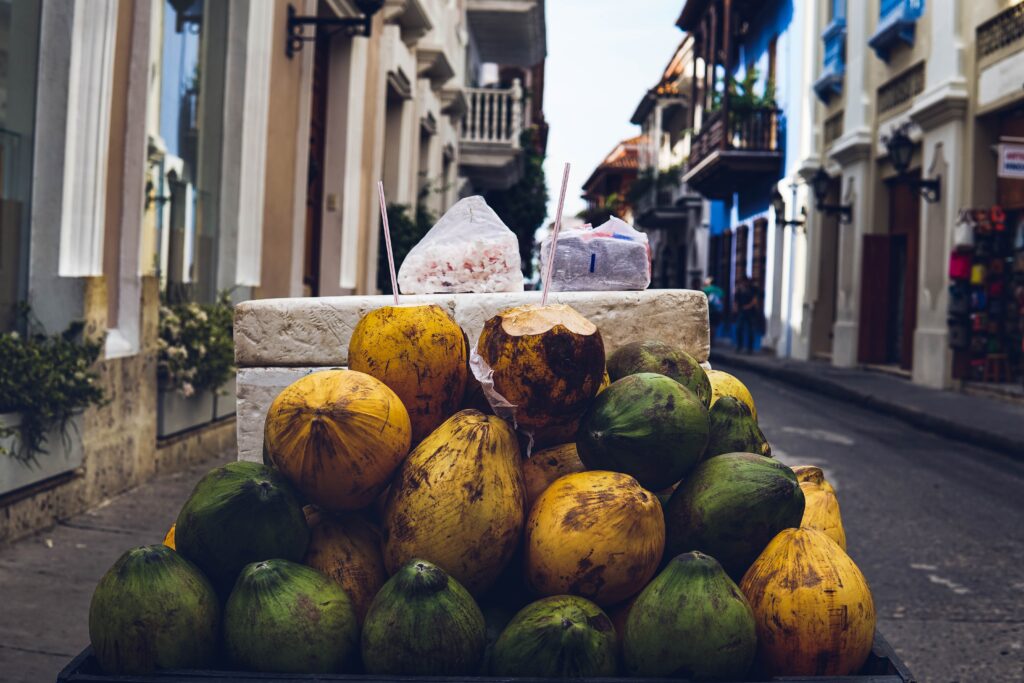
Suggested Budget in Zanzibar
On a backpacker’s budget of US$30 per day, you can stay in a hostel, eat cheaply at local restaurants, drink beer or other local brews, do mostly free activities (swimming and sunbathing at the beach), and use public transportation to get around.
A mid-range budget of about US$50 – US$100 per day allows you to stay in a private hostel, hotel room or Airbnb room, eat out for most meals, enjoy a few drinks, take the occasional taxi to get around, and do more paid activities like going on to Mnemba Island or Nakupenda beach. Excursions can be quite expensive, and you can easily spend US$100 daily on tour experiences alone.
If you can have a “luxury” budget of US$300 or more per day, you can stay in a highly-rated hotel, eat out anywhere you want, rent a car, do private watersports and excursions, explore the archipelago freely and basically do whatever else you want.
While you may use US dollars or Tanzanian Shillings in Zanzibar, I’ve found it’s cheaper to pay for goods or services in Tanzanian shillings.
How To Get Around Zanzibar
Once you enter Zanzibar either by air transport into Abeid Amani Karume International Airport or by ferry into the Port of Zanzibar, in Stone Town transport is widely available. You will find a plethora of taxis eager to transport you to any place on the island. Alternatively, you can arrange with your hotel to get you to where you need to go. Taxi fare from Stone Town to the rest of the island should not cost you more than $50. However, if you do want something cheaper, be aware that drivers will transport several guests from and to different hotels at once.
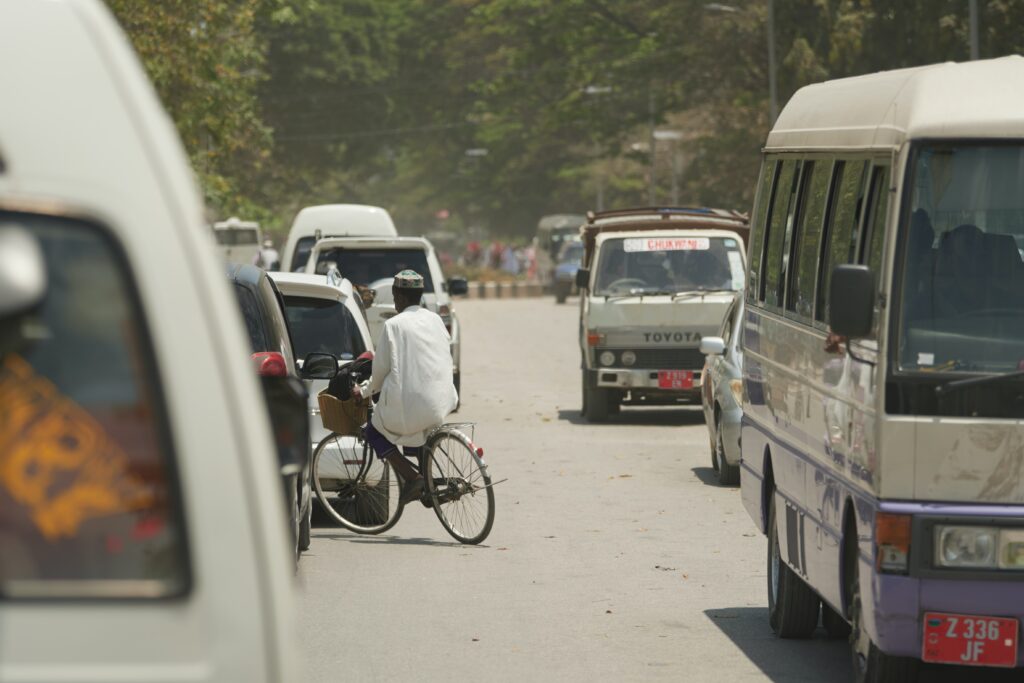
Taxis
You can also use taxis as private transport to get you around within the various areas you visit. For instance, a taxi from Paje main street to your hotel in Jambiani should not cost more than TzSh20 000.00. Do not be afraid to negotiate. Wherever you go, taxi drivers will want to give you their contact details so as to provide you with private transport. Take as many details as you choose so that you can choose the best price for you.
Dala Dala
Dala Dalas are the small buses used everywhere on the island. While they are much slower than tourist taxis, they are also much cheaper. A trip from Stone Town to Nungwi in the north of Unguja is about TzSh2500 (US$1.00). Dala Dalas do not have a schedule and move when the bus is full. They also do tend to stop anywhere and can sometimes get jam-packed. Nonetheless, it is an enjoyable journey.
Boda Bodas
These are the motorbike taxis that move all over the island. They are cheap and the drivers are open to negotiation but just make sure you are wearing a helmet. The Zanzibari police are quite strict on tourists wearing helmets even though you may see many people riding without. The ride can be quite bumpy, but in any instance, it’s faster than the dala dala.
Rent a car or motorbike
You are able to rent a car, motorbike or Vespa on the island although the roads are not always in the best conditions, especially after the rains. Also, be on the lookout for speed bumps along the roads which are not always visible. Renting a car can cost between US$40 – US$130 per day depending on what car you want. The most popular options are the Toyota RAV4 or the Toyota Land Cruiser. You will also need to pay an additional US$10 for a temporary local driving license.
You will find many police check stops and officers along the island’s main roads. If you are in an authorised tourist taxi, the police cannot stop you unless you are on the main road just after or before the Jozani Forest entrance. If you are in a rented car, you may be stopped anywhere on the island so have your proper documents in place. Additionally, it is a good idea to carry cash on you in case you may need to pay a spot fine.
Traffic in Stone Town can get heavily congested so be patient. Unlike in other countries, there are no marked parking bay spots so parking can be a hassle. Often, you may be asked to park in front or behind other vehicles in which case, the parking attendant will ask for your car keys to keep on hand so that they move your car to make way for other drivers. You’ll get the keys on your return.
Also note that the President and ministers’ motorcades have right of way on the island so that means you may be asked to stop and wait in traffic.
When To Travel to Zanzibar
There is no best time to visit the archipelago of Zanzibar – it’s blessed with year-round sunshine and relatively stable temperatures. You can visit at any time of year and enjoy its beaches, turquoise waters and friendly people.
The two main seasons are the wet season (October to April) and the dry season (May to September). The wet season is when most of the rainfall occurs, although downpours are usually short and sharp. This is also the busiest time of year, as it coincides with school holidays in Europe and North America. If you’re looking for a quieter time to visit, the shoulder months of April and October are a good option.
Temperatures remain warm throughout the year, with an average highs of 27 degrees Celsius (81 degrees Fahrenheit) and lows of 21 degrees. Zanzibar has high humidity, but when it rains the air can have a chill to it.
Travel Guide to Visas For Travel To Zanzibar
While Zanzibar is a semi-autonomous region, it still forms part of the Republic of Tanzania and as such it shares the same visa policy for all travellers.
Most tourists including citizens of the UK, the USA, Canada, and the EU must obtain a visa in order to visit the island. The visa may be issued on arrival and costs about US$50 – US$100 depending on the type of visa you want. Payment can now be made using your credit card.
You may also apply for an electronic visa e-Visa via the Tanzania Immigration Services which takes about 10 days to process.
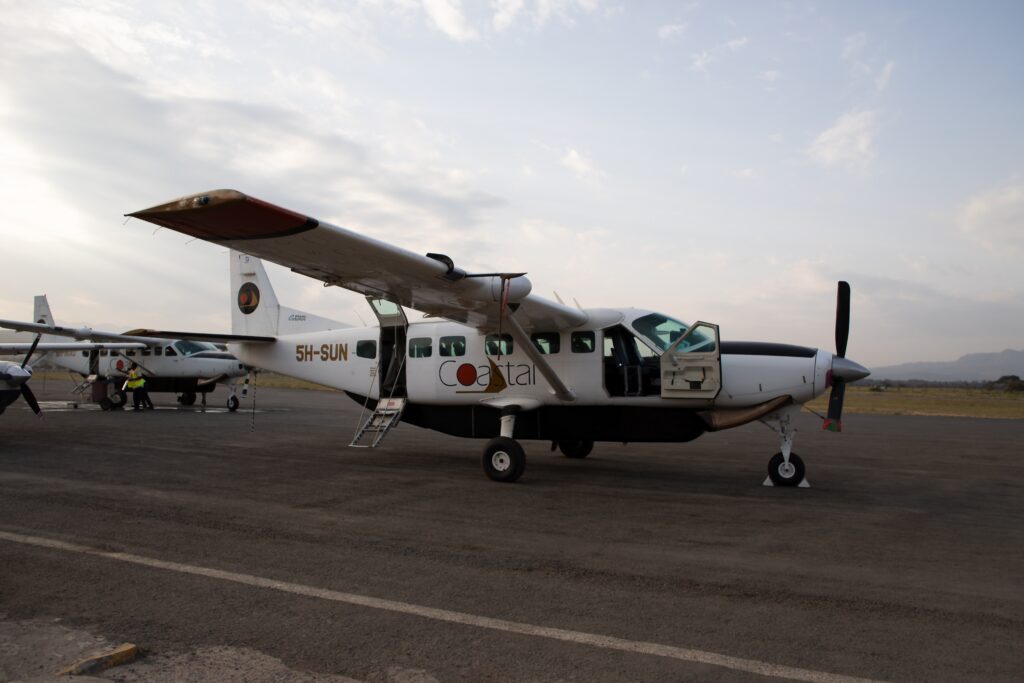
Travel Guide Tips And Hacks When Travelling to Zanzibar
Islam
Zanzibar is a predominantly Muslim nation, which means you must be aware of how you conduct yourself. Away from the beaches, it is important that you dress appropriately covering your shoulders and upper legs. You may be asked by people in the communities to return to your hotel to change if you are not dressed modestly. Depending on the occasion, women may be asked to wear a headdress or scarf.
Please be mindful and respectful of prayer times, especially during the Holy Month of Ramadan. The hotel staff and guides or operators may ask you for privacy to pray for a few minutes.
During Ramadan, most shops, restaurants, and cafes will be closed during the day. Be mindful not to eat, drink or smoke in public during this time. Smoking, especially for women is not something done in public.
Alcohol
Alcohol is served in hotels and bars. You can also buy alcohol at a few liquor stores in Stone Town and other towns in Unguja. Pemba Island is much more conservative than Unguja. You may only buy alcohol at the police mess or the army mess in Chake Chake. Be mindful that some hotels in Pemba may not serve alcohol at all.
Language
While English is spoken on the island, it’s in your best interests to learn a few phrases of Kiswahili. Always greet whenever you meet or pass people. “Mambo” is a general greeting to which you can reply by saying the word “poa” which means I’m good or I’m cool. Learn to say thank you – “Asante sana”.
Among the older generation of Zanzibari, you may use the traditional Muslim greeting “Salam aleikum” which translates to “Peace be upon you”.
You’ll also hear “Hakuna Matata” a lot which means no worries as well as “Karibu”, which means “welcome”.
Money
You must carry as much cash as you can while on the island as most shops and vendors trade with cash. Avoid withdrawing from the ATM as the transaction fees are ridiculously high. In many cases, you may only be allowed to withdraw TzSh 400 000 from a machine, which is roughly US$170. In Stone Town, I was once able to withdraw TzSh 1 000 000 but that’s a rare occurrence. If you use your credit or debit card, you will be charged a fee of 5% of your total amount owed.
It is actually cheaper to pay in Tanzanian shillings than in US dollars. Hotels, restaurants, and vendors use both currencies.
You may negotiate prices for taxis and at the market if you feel the prices are too high but please remember to offer a fair price. The Zanzibari people will not argue with you on money-related issues as it goes against their religion so it’s important to be fair.
Community in Zanzibar
The Zanzibari people are very friendly and welcoming so do not be surprised if you are stopped several times for small talk or conversation. Many people just want to know your name and learn about your home country.
That said, the island has “beach boys” who often wear the traditional Maasai dress and may offer companion services. Again, do not be offended. The gesture is often sincere.
You’ll find you make friends easily with people in your host communities and you may very well be invited to go out to a party, event, someone’s home, or local gathering. It’s only fair to contribute financially where you think it is appropriate. Be mindful of your dress during these occasions.
Zanzibari women and men do not generally mingle in a social setting despite the fact that you, as a woman may be approached by men. In this case, it is generally all right to interact with men but while you socialise with them in public, you’ll probably interact with women in a more private setting.
Travel Guide to Safety in Zanzibar
Zanzibar is a very safe island. While I lived on the island for a few months, I never felt threatened or in any danger. I walked alone and was able to carry cash without fear. Whenever I was lost or confused about my whereabouts people would go out of their way to show me around.
However, like any place be mindful of where you are and who you are with. Always ask for help if you need it.
If you are sick or need a doctor, then speak to someone in your hotel or homestay. They’ll be able to get you the help you need.
